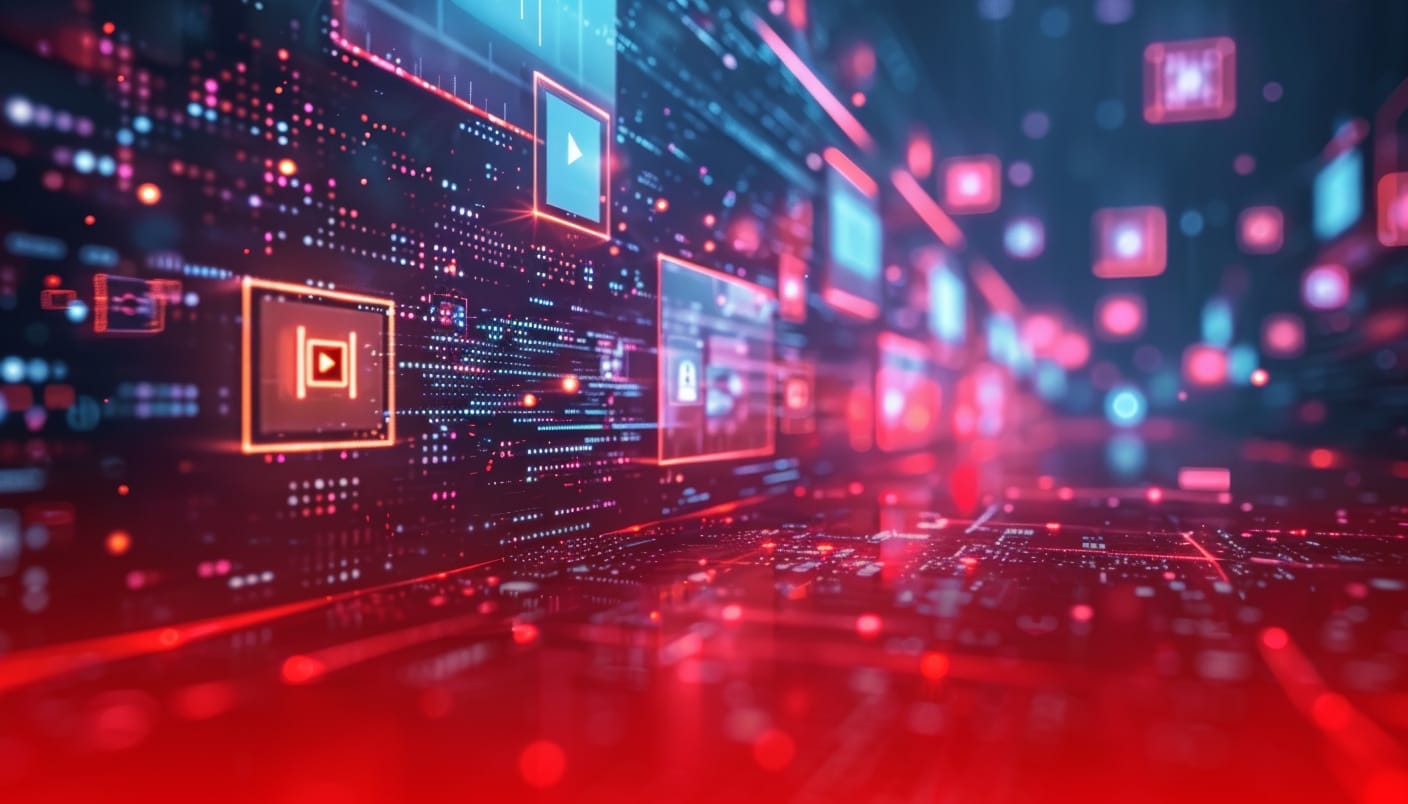Breaking News! 🚨 Top 10 brokers is here! See the most trusted trading platforms of 2024. Go now!
NFTs (Non-Fungible Tokens): Exploring the Digital Collectibles Market
Delve into the world of non-fungible tokens (NFTs) and digital collectibles with our exploration of the NFT market. Gain insights into NFT use cases, market trends, and investment opportunities in the rapidly growing digital asset class.
2 years ago, May 03, 12:54 pm

Non-fungible tokens have emerged as a revolutionary force, introducing a unique concept of ownership and value exchange for digital creations. Unlike traditional digital assets that are fungible, meaning they can be readily replaced or exchanged, NFTs possess unique characteristics that distinguish them from one another.
This unique quality has propelled NFTs into the forefront of the digital collectibles market, capturing the attention of collectors, investors, and enthusiasts worldwide.
Understanding non-fungible tokens (NFTs)
Non-fungible tokens (NFTs) are a type of digital asset that uses blockchain technology to represent the ownership of unique items. Unlike cryptocurrencies like Bitcoin or Ethereum, which are fungible, meaning that each unit is identical, NFTs are not interchangeable. Each NFT is unique and has its own distinct value. This makes them ideal for representing ownership of digital assets such as artwork, collectibles, and in-game items.
NFTswere first created in 2017 and have since exploded in popularity. In 2021, the NFT market was worth an estimated $25 billion. Some of the most popular NFT projects include CryptoPunks, NBA Top Shot, and Axie Infinity.
NFTs are created by minting them on a blockchain. This process involves creating a unique identifier for the NFT and then storing that identifier on the blockchain. Once an NFT is minted, it cannot be destroyed or altered. This makes them a very secure way to store ownership of digital assets.
NFTs can be used to represent a wide variety of digital assets. Some popular use cases for NFTs include:
- Art: NFTs can be used to represent ownership of digital artwork. This can help to prevent art forgery and fraud.
- Collectibles: NFTs can be used to represent ownership of digital collectibles, such as trading cards and figurines.
- In-game items: NFTs can be used to represent ownership of in-game items, such as weapons and armor.
- Tickets: NFTs can be used to represent tickets to events, such as concerts and sporting events.
NFTs are a powerful new technology that has the potential to revolutionize the way we own and interact with digital assets. As the technology continues to develop, we can expect to see even more innovative use cases for NFTs emerge.
NFT Marketplaces: Where to Buy, Sell, and Create Digital Collectibles
The NFT marketplace landscape is diverse and ever-evolving, with new platforms emerging regularly. Here are some of the most established and popular NFT marketplaces that have gained significant traction:
- OpenSea: OpenSea reigns supreme as the largest and most comprehensive NFT marketplace, boasting a vast array of NFT collections, including CryptoPunks, NBA Top Shot, and Axie Infinity.
- Rarible: Rarible stands out as a user-centric NFT marketplace, empowering creators to mint and sell their own unique NFTs, fostering a thriving community of digital artists and collectors.
- SuperRare: SuperRare curates a selection of exceptional and high-quality digital art, catering to collectors seeking exquisite and valuable NFT pieces.
- Foundation: Foundation, similar to SuperRare, focuses on showcasing and selling unique digital art from emerging and established artists, providing a platform for groundbreaking creations.
The NFT market has witnessed the rise of several iconic collections that have captured the imagination of collectors and driven record-breaking sales. Let’s explore some of the most expensive and popular NFT collections that have made headlines:
- CryptoPunks: CryptoPunks, a collection of 10,000 unique pixel art avatars, holds the record for the most expensive NFT sale, with CryptoPunk #7523 selling for a staggering $11.8 million.
- Bored Ape Yacht Club: Bored Ape Yacht Club, featuring 10,000 cartoon ape NFTs, has gained immense popularity, with individual apes selling for millions of dollars.
- NBA Top Shot: NBA Top Shot revolutionized the sports collectibles market, offering digital highlights and moments from NBA games as NFTs, with some moments fetching millions.
- Axie Infinity: Axie Infinity, a play-to-earn game, has generated significant interest, with its in-game assets, known as Axies, selling for substantial sums.
These collections represent just a glimpse into the diverse and ever-evolving NFT landscape.
Analysis of NFT Use Cases and Applications
NFTs have revolutionized the concept of digital ownership, enabling the creation and trading of unique digital assets. This has opened up new avenues for traders and investors to engage with and profit from digital collectibles, artwork, and in-game items. The inherent transparency and immutability of blockchain technology underpinning NFTs provide enhanced security and trust, fostering a more transparent and secure trading environment.
NFTs have democratized investment opportunities by enabling fractional ownership of digital assets. This innovative concept allows multiple individuals to own a portion of a valuable NFT, lowering the investment barrier and making it more accessible to a broader audience. This fractionalization has the potential to increase liquidity and reduce the risks associated with investing in high-value digital assets.
NFT marketplaces have emerged as central hubs for the buying, selling, and trading of NFTs. These platforms provide a user-friendly interface and streamlined transaction processes, enabling traders and investors to efficiently discover, evaluate, and acquire desired NFTs. The transparent price discovery mechanisms within these marketplaces foster informed decision-making and contribute to market efficiency.
Despite the immense potential of NFTs in trading and investments, it’s crucial to acknowledge the associated challenges and considerations. The volatility of the NFT market, the potential for scams and fraudulent activities, and the evolving regulatory landscape require careful evaluation and risk management strategies.
Conclusion
NFTs have undoubtedly introduced a paradigm shift in the trading and investment landscape, offering unique opportunities and challenges that demand careful consideration. As the technology matures and adoption grows, we can expect to see even more innovative applications and use cases emerge, further transforming the way we interact with and value digital assets. For traders and investors, embracing NFTs requires a deep understanding of the underlying technology, market dynamics, and associated risks, coupled with a strategic approach to navigate this rapidly evolving ecosystem.
Get SCTA's daily newsletter in your inbox every weekday.
You may unsubscribe at any time.
